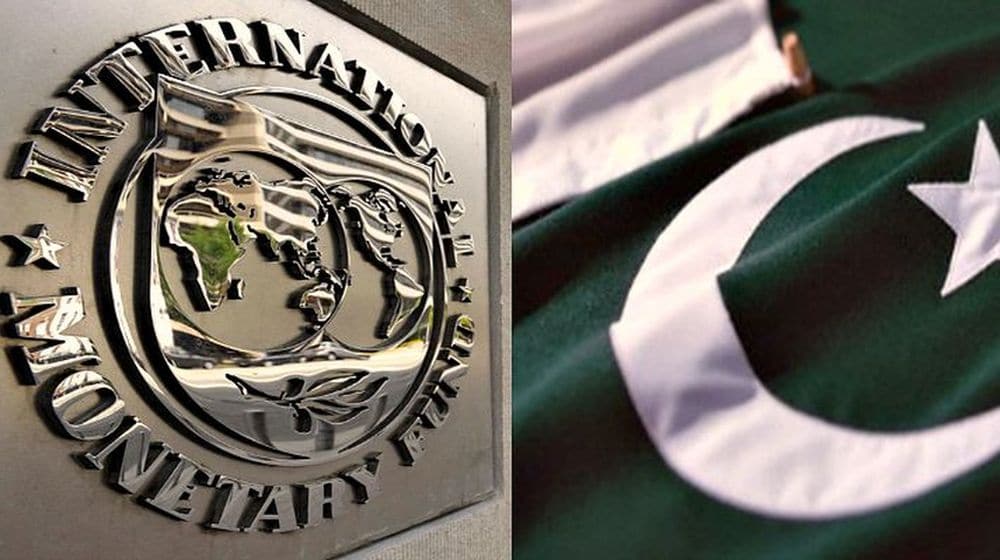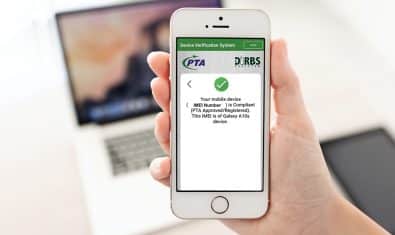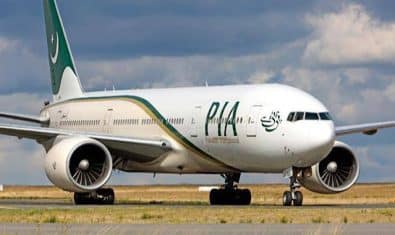A gradual recovery is expected in FY 2021 as the economy reopens, said the IMF in its latest report.
The IMF’s “Policy Actions Taken by Countries” report reviews various steps Pakistan has taken since the outbreak to deal with the Covid-19 crisis.
The policy tracker of the IMF summarizes the key economic responses governments are taking to limit the human and economic impact of the COVID-19 pandemic. The tracker includes 196 economies.
According to the report, the near-term economic outlook has worsened notably, and growth is estimated at –0.4 percent in FY 2020, however a gradual recovery is expected in FY 2021 as the economy reopens.
The report said that since mid-April, the federal government, in coordination with provinces, has been gradually easing lockdown arrangements, by allowing ‘low-risk industries’ to restart operation and ‘small retail shops’ to reopen with newly developed Standard Operating Procedures.
In addition, restrictions on domestic and international movements have been lifted (e.g. domestic flights, train services, and international flights have resumed). Educational institutes are expected to restart on July 15, said the IMF in its report.
‘Selective’ lockdown arrangements remain in place, through the closure of shops on weekends and the sealing of specific areas of high risk.
Starting on March 23, both the federal and provincial governments have been implementing measures to contain and mitigate the spread of the virus. These included selective quarantines, border closures with neighboring countries, international and domestic travel restrictions, school and university closures, banning of public events, social distancing measures, and varying levels of lockdown across the country.
ALSO READ
Pakistan’s Liquid Foreign Reserves Surge to $18.7 Billion
The government has been repatriating migrant workers stranded abroad, many of whom have tested positive for the coronavirus.
The report detailed various measures that were taken by the government.
A relief package worth Rs. 1.2 trillion was announced by the federal government on March 24, which is now being implemented and will be pursued in fiscal year 2020/21.
- Elimination of import duties on emergency health equipment;
- Dash transfers to 6.2 million daily wage workers (Rs.75 billion);
- Cash transfers to more than 12 million low-income families (Rs. 150 billion), which has been fully executed;
- Accelerated tax refunds to the export industry (Rs. 100 billion), out of which 65 percent have already been disbursed,
- Financial support to SMEs and the agriculture sector (Rs. 100 billion) in the form of power bill deferment, bank lending, as well as subsidies and tax incentives.
The economic package also earmarks resources for accelerated procurement of wheat (Rs. 280 billion, almost fully executed to date), financial support to utility stores (Rs. 50 billion), a reduction in regulated fuel prices (with a benefit for end-consumers estimated at Rs. 70 billion), support for health and food supplies (Rs. 15 billion), electricity bill payments relief (Rs. 110 billion), an emergency contingency fund (Rs. 100 billion), and a transfer to the National Disaster Management Authority (NDMA) for the purchase of COVID-19 related equipment (Rs. 25 billion).
ALSO READ
PSX Trades Highest Volume of Shares in 2020
The FY 2021 budget also includes further tariff and custom duty reductions on food items, a Rs. 70 billion allocations for ‘COVID-19 Responsive and Other Natural Calamities Control Program’, as well as the provision of tax incentives to the construction sector to address the acute employment needs generated by the lockdowns, said the report.
Since the onset of the crisis, provincial governments have been also implementing supportive fiscal measures, consisting of cash grants to low-income households, tax relief, and additional health spending (including a salary increase for healthcare workers)
Monetary and Macro-Financial
The report notes that the State Bank of Pakistan (SBP) has responded to the crisis by cutting the policy rate by a cumulative 625 basis points to 7.0 percent since March 17. The SBP has expanded the scope of existing refinancing facilities.
It said that the SBP introduced temporary regulatory measures to maintain banking system soundness and sustain economic activity. It has also introduced further regulatory measures to facilitate the import of COVID-19-related medical equipment and medicine.


























funny, since IMF is the problem